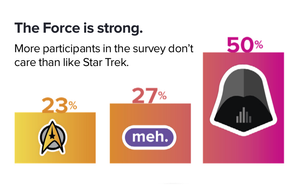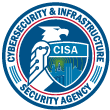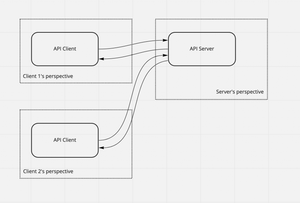
Threat Research: More Like This
I want to call out some impressive aspects of a report by Proofpoint.

I want to call out some impressive aspects of a report by Proofpoint.

The Sonatype 2020 DevSecOps Community Survey is a really interesting report. Most interesting to me is the importance of effective communication, with both tools and human communication in developer happiness.
Contextualisation of Data Flow Diagrams for security analysis is a new paper to which I contributed.

There's an interesting new draft, Best Practices for IoT Security: What Does That Even Mean? by Christopher Bellman and Paul C. van Oorschot.
Check out “The Need for Evidence Based Security” by Chris Frenz.
I generally try to stay on technical topics, because my understanding is that's what readers want. But events are overwhelming and I believe that not speaking out is now a political choice.
As I built out my home studio to record videos for my distributed classes, I was lucky enough to be able to find an in-stock HDMI capture card, but those are harder and harder to find. As it turns out, you may be able to avoid the need for that with a mix of apps.
Phil Bull presents an interesting, generally convincing, argument in 'Why you can ignore reviews of scientific code by commercial software developers', with a couple of exceptions.

Understanding the way intrusions really happen is a long-standing interest of mine.

For Threat Model Thursday, I want to look at models and modeling in a tremendously high-stakes space: COVID models.
Most of my time, I'm helping organizations develop the skills and discipline to build security in. We give the best advice available, and I recognize that we're early in developing the science around how to build an SDL that works.

I want to talk about two books: Bounce, by Matthew Syed and Range, by David Epstein. I want to talk about them together in part because Range is explicitly framed as a response to Bounce.

This week's threat model Thursday looks at an academic paper, Security Threat Modeling: Are Data Flow Diagrams Enough? by Laurens Sion and colleagues.

These are the books I read in the first quarter (and forgot to mention last quarter) that I think are worth your time.

On Linkedin, Peter Dowdall had a very important response to my post on remote threat modeling.